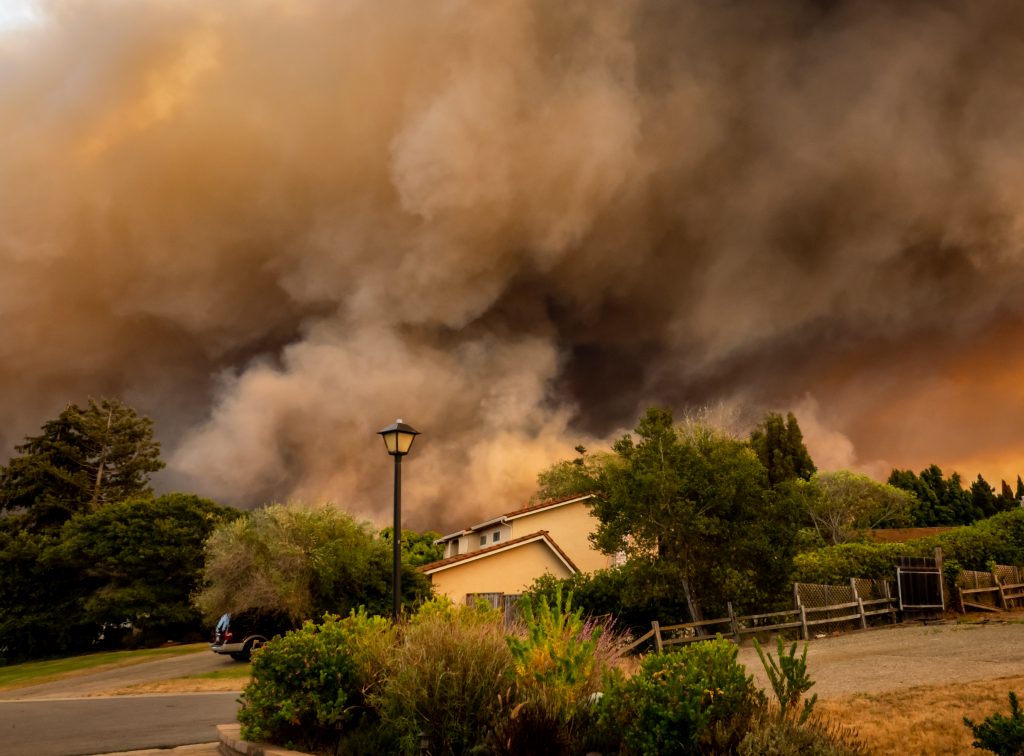California’s blackouts and renewable energy: Culprit or imperative?
In mid-August, California made headlines when several days of rolling blackouts coincided with a massive heatwave, with up to three million residents facing up to four hours of power outages.
Critics have pointed to the blackouts as evidence that the intermittency of renewable energy sources makes them too unreliable. The Wall Street Journal’s editorial page lambasted green energy ambitions writ large, writing, “this happens when you rush to shut down power plants to meet government diktats and reduce the amount of reliable baseload power. Unlike fossil fuel plants, solar and wind can’t ramp up quickly when other power generators go down. Solar power also plunges in the evening, and the state didn’t have enough backup power to compensate to meet high demand.” Meanwhile, President Trump claimed on Twitter that the “Bernie/Biden/AOC Green New Deal plan would take California’s failed policies to every American!” and further attacks on California’s energy policy continued during the Republican National Convention.
The argument makes intuitive sense given the very nature of wind and solar production. But grid managers leverage multiple methods to manage fluctuations in supply and demand proactively. The underlying causes of this summer’s blackouts are significantly more complex and resulted from a unique confluence of events, many of which had nothing to do with California’s growing reliance on renewable energy. In the longer term, the underlying causes of the blackouts can only be mitigated by further deployment of wind and solar.
The contributing factors are as follows. California was in the midst of a massive heatwave as wildfires across the state were spreading. Temperatures were 10-20° F above average, with Death Valley recording the highest temperature reliably recorded on Earth at 129.2° F, causing a surge in residential electricity demand. On Friday, August 14, rising temperatures coincided with an outage at power plants that usually produce almost 6,000 megawatts (MW), or 15 percent of the electricity on California’s grid. The outages included at least two natural gas power plants, which failed to produce power when called upon. Other natural gas plants in the state were down for planned maintenance, or are being decommissioned because of the state’s low electricity prices.
Outages from the natural gas power plants were complemented by low levels of wind, resulting in less power generation from California’s wind farms, as well as the evening sunset, which reduces solar power generation on a predictable schedule every day. California also relies heavily on hydropower, but low water volumes contributed to a shortfall from the Big Creek Hydroelectric Project in the Sierra Nevada. California is typically able to import electricity from neighboring states, including Arizona and Nevada. The heatwave also strained their grids, reducing the surplus available. Many of these factors—when taken together—point to structural problems in California’s power market that may need to be addressed in order to improve the integration of renewables.
Fearing that the combination of increasing electricity demand with insufficient supply would overwhelm the grid, the California Independent System Operator (CAISO) ordered utilities Pacific Gas and Electric and Southern California Edison to implement rotating outages at 4 p.m. on August 14 due to a Stage 3 Emergency, designed to reduce capacity when it is possible that the grid will not meet electricity demand. This was a precautionary measure to avoid grid failure. When the rotating blackouts were initiated, the state’s peak demand had reached 47,000 MW on Friday and 45,000 MW on Saturday. According to the New York Times, peak demand was still far below the highest day—50,270 MW in July 2006—or the 50,116 MW in 2017. It is also worth noting that, despite the fact that blackouts coincided with a surge of wildfires, the rotating outages implemented in mid-August are different from a Public Safety Power Shutoff.
California Governor Gavin Newsom has demanded an investigation, stating, “These blackouts, which occurred without prior warning or enough time for preparation, are unacceptable and unbefitting of the nation’s largest and most innovative state,” in a letter to the state’s three major energy agencies. Those agencies, and California’s utilities, have been eager to target one another: CAISO Chief Executive Officer Steve Berberich said the tripping of a large power plant, and failure of the California Public Utilities Commission (PUC) to require sufficient backup power generation, were to blame. Meanwhile, the PUC and utilities blame CAISO for…
Read More: California’s blackouts and renewable energy: Culprit or imperative?


